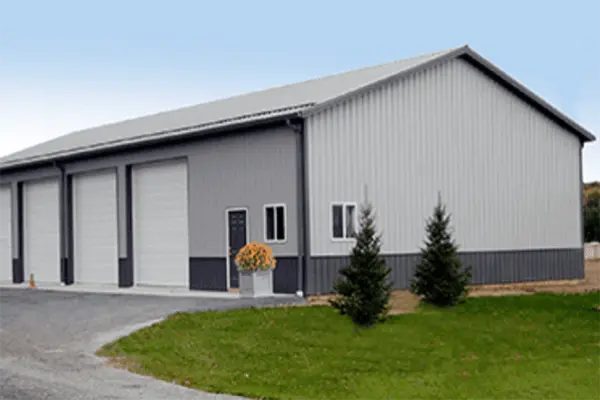When it comes to constructing a building, the choice between steel and wood is a common dilemma. Cost is often a significant consideration in decision-making, and understanding the cost comparison between steel and wood is crucial. In this article, we will delve into the cost factors associated with steel and wood buildings, exploring their advantages and disadvantages, to help you determine which option is more cost-effective for your specific project.
Understanding Steel and Wood Buildings
Steel Buildings: Strength and Durability
Steel buildings are renowned for their exceptional strength and durability. Steel is a robust construction material that can withstand harsh weather conditions, including high winds, heavy snow loads, and seismic activities. Steel buildings offer excellent longevity, requiring minimal maintenance over their lifespan. They are also resistant to issues such as rot, pests, and fire, making them a reliable choice for long-term durability.
Wood Buildings: Traditional Charm and Design Flexibility
Wood buildings exude a timeless charm and offer unparalleled design flexibility. Wood is a natural and renewable resource that provides warmth and character to structures. Wood buildings can be customized with intricate details, architectural features, and personalized finishes. They blend harmoniously with natural surroundings and are often favored for their aesthetic appeal and versatility in design.
Cost Considerations
Initial Construction Costs
The initial construction costs of steel buildings are generally lower than those of wood buildings. Steel components can be pre-engineered and prefabricated, reducing labor costs and construction time. The streamlined construction process, along with standardized components, contributes to overall cost savings. Wood buildings, on the other hand, often require more labor-intensive construction methods, which can increase the initial construction costs.
Maintenance and Lifecycle Costs
While steel buildings may have a lower initial construction cost, it’s important to consider long-term maintenance and lifecycle costs. Steel buildings require minimal maintenance, as steel is resistant to issues like rot, pests, and fire. Wood buildings, however, may require regular maintenance, such as painting, staining, and sealing, to protect against weathering, moisture, and pests. The ongoing maintenance requirements of wood structures can add to the overall costs over time.
Insurance and Financing
Insurance and financing can also impact the cost comparison between steel and wood buildings. Steel buildings are often viewed as lower risk by insurance companies due to their fire resistance and durability. This can result in lower insurance premiums compared to wood buildings. Additionally, some lenders may offer more favorable financing terms for steel buildings, considering them to be a more secure investment. These factors can contribute to the overall cost-effectiveness of steel buildings.
Conclusion
When considering the cost comparison between steel and wood buildings, it’s important to evaluate various factors, including initial construction costs, long-term maintenance expenses, and insurance and financing considerations. While steel buildings generally have lower initial construction costs and require minimal maintenance, wood buildings offer unparalleled design flexibility and charm. By carefully assessing your project requirements, budget, and long-term goals, you can make an informed decision on whether a steel building or wood building is the more cost-effective choice for your specific needs.
Post time: Mar-13-2024




